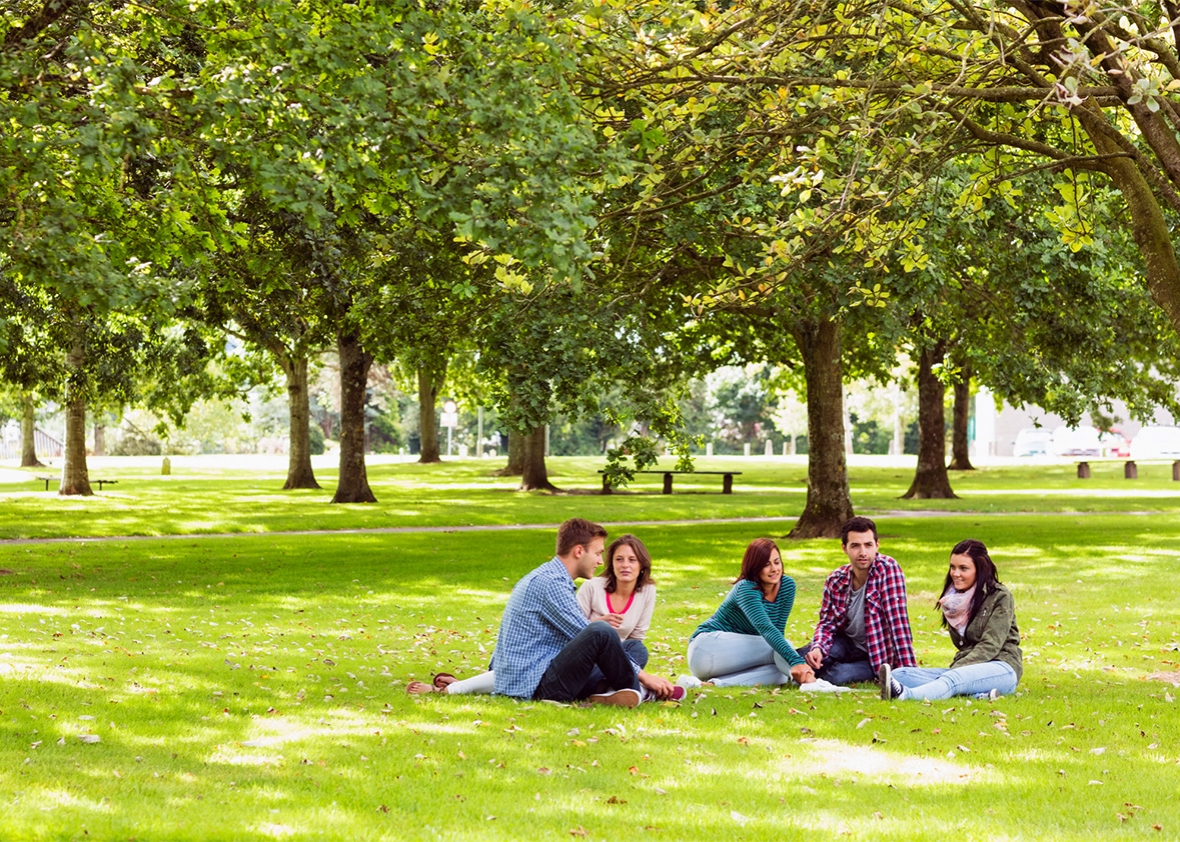I’ll be honest, most of my weekends freshman year ended up being boring and rather lonely. When the tsunami of work finally subsided for a moment and I was left a quiet time to catch my breath, as most Saturdays allowed, I didn’t have a lot to do. Not finding much in common with my hallmates and never really finding a perfect friend group left me yearning for one of those pictures on the college brochures—a large friend group having a quiet picnic on a perfect sunny day. I applied for this SSIR for many reasons; however, I was really hoping to find some college-brochure caliber people to spend my Saturdays with. I was hoping to become a member of a close-knit community.
Geography of the James River Watershed is comprised of thirteen of the coolest people you’ll ever meet and includes excursions of experiential community based learning almost every Saturday. It has filled my weekends to the brim with activities. Through the countless hours we’ve spent together in boats on a river, traveling across the country to Oregon, memorizing dozens of tree species together, and relaxing after a hard Tuesday of work with some acoustic guitar and mallomars™, I feel as if our community just keeps getting closer. I would argue that developing our close community has brought out an even greater environmentalism in each of us individually, as well. Being a member of a close collection of people facilitates the spark and spread of ideas, especially helping in the addressing of environmental issues.
First, it is evident that the environment can create community. Michael explains the role that the environment can have on community by saying, “natural resources…give a sense of heritage to a place or community.” I’ve seen communities built around environmental features through visiting ski towns and cities with ecotourism a large part of their economy, such as Natural bridge, Virginia (a city literally named after the environmental feature that created its community). We also saw this sense of community through outreach events such as the H2O RVA event promoting project ideas for storm water management and the Films on the Floodwall event that highlighted the James River Parks System and the work it has done to promote community surrounding the James River. Westhampton Lake provides a sense of community for our campus, as it is the focal point of campus tours and the location of many of our reflection spots. Our lake also attracts beyond our small campus community, drawing a larger community of families in the suburbs nearby to walk and reflect along its shores, as Mckenzie describes in her post. The lake provides us with a serene escape from the hustle of college life, and is uniquely University of Richmond. Imagine how our campus would come together if an outside force threatened to drain or destroy the lake. In Oregon we learned that one of the main criticisms of dams is that they sometimes destroy ecosystems that are meaningful to individuals or communities. Our friend John Muir seemed to take it pretty hard when one of his favorite spots got dammed. The destruction of environment can threaten a sense of community, leading to protest.
From Love Canal to Standing Rock, environmental protests are not noticed until people come together and form community. Community drives passion for ideas, and that passion turns to power. Think about a time you may have gone to a presidential rally or even to a concert of a band you like. When you’re surrounded by passionate people, it brings out your own inner passion. You may have found yourself leaving with a new spring in your step you hadn’t noticed before. Environmental protest being fueled by a sense of community was apparent in the Reedy Creek restoration issue. As Benedict described in his post, the communities surrounding Reedy Creek rallied together against the restoration plan. Around 80% of the houses surrounding the creek proudly displayed signs in their yards opposing the project, but it is unrealistic to think there was such widespread opposition to the project at the time of its proposal. The spark and spread of the opposition against the Reedy Creek project could become so powerful and successful due to the close communities involved. As one neighbor describes the project and places a sign in their yard, it invokes the passion in other neighbors, spreading like wildfire and uniting the community for an environmental issue. Parr also discusses in his blog post how community is crucial to solving issues. As individuals, it is difficult to have our voices heard. However, when enthusiastic individuals team up as a community, things get done.

People are more powerful together in a community.
In the ways that environment and community are tied, I think this has been an amazing SSIR. We come from thirteen different majors (counting double majors) and thirteen different perspectives. We encourage each other and build off one another. Our close-knit community has allowed us to foster a greater understanding of our geography and environment and has strengthened our learning. Looking forward, our proposals for Gambles Mill are befitting from our sense of community, as we’re comfortable around each other and able to work well together, knowing one another’s strengths and weaknesses. As a community, we’ve fueled our passions from our peer’s passion and we’ve all grown as geographers and environmentalists from our community. I’m so thankful to have gained so many priceless friendships from our SSIR and to be a part of this wonderful community.


